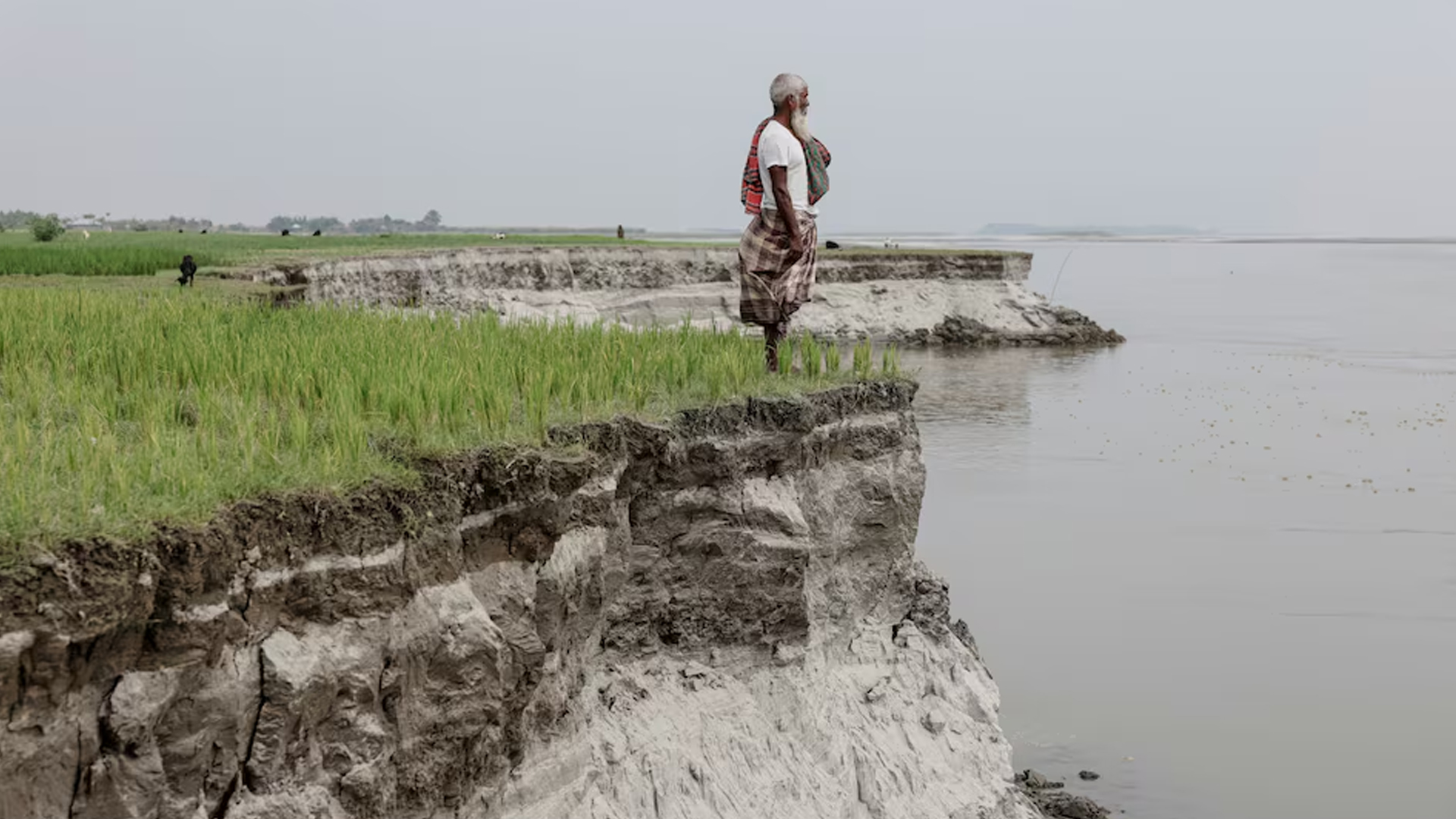California offshore drilling fight reignites as Trump officials back company after massive spill

Regulatory clash and legal risks
A decade after a ruptured pipeline fouled 150 miles of California coastline, a revived bid to restart offshore oil production is moving forward with support from Trump administration officials. Sable Offshore, which bought ExxonMobil’s shuttered Santa Ynez Unit in 2024, is pushing to bring rigs back online and has floated a backup plan that keeps operations in federal waters if state permits stall. California regulators have hit the company with fines and injunctions over unpermitted work. The state attorney general and Santa Barbara’s district attorney have filed suits alleging water pollution and habitat harm. Sable disputes the claims and says testing shows the field is viable. The U.S. Interior Department’s safety regulator has signaled cooperation, citing improved monitoring since the 2015 disaster.
The stakes go beyond a single pipeline. California has steadily tightened climate policy and aims to cut fossil fuel dependence, even as some refineries shut. Industry argues in-state output can stabilize prices and supply. Environmental groups say restarting production risks another spill and undermines emissions goals. Sable has sought hundreds of millions in damages for delays and says it could bypass onshore pipelines by using tankers offshore. Federal-state overlap will be pivotal: California controls near-shore waters, while production platforms sit farther out. Legal outcomes could set precedents for future decommissioning or restart bids along the Pacific. For coastal communities, memories of oiled beaches and wildlife deaths are fresh; for workers, union jobs are on the line. Courts will now weigh safety assurances against recent violations, and whether the public interest favors a return to drilling or an accelerated transition. Either way, the case will test how far states can go to restrain offshore oil when federal authorities invite expansion.






















